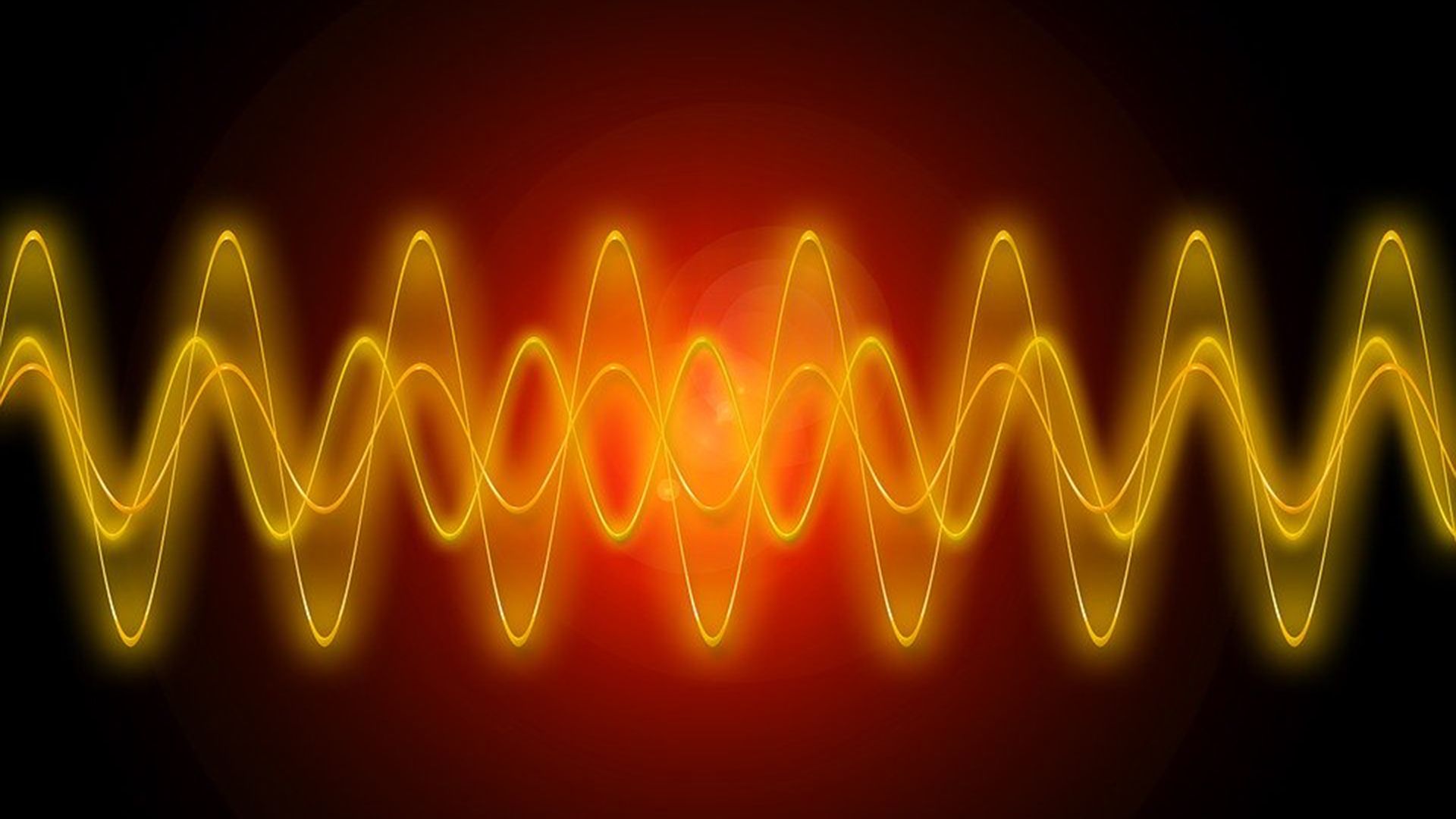
Basic terms of lighting technology
BASIC LIGHT-TECHNICAL TERMS AND THEIR MEANING
Consumers often stumble over basic light-technical terms. But if you don’t know what they mean, how can you make the right choice when buying a light source? WATT’son brings light into the darkness here too and explains briefly and concisely the most important basic terms of lighting technology.
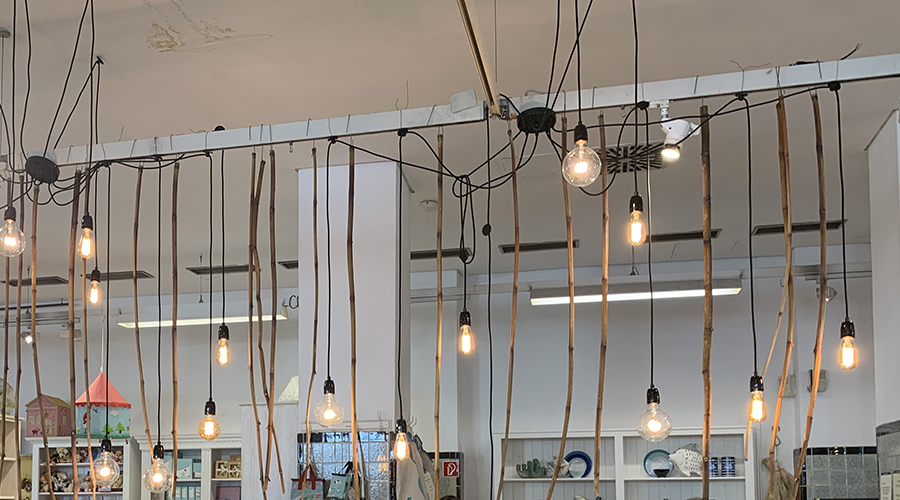
BASIC PRINCIPLES OF LIGHTING TECHNOLOGY
-
The luminous flux
Unit: Lumen (lm)
The luminous flux Φ is the total light output of a lamp in all directions, taking into account the perception of brightness by the human eye. Nowadays, it is the method of choice when specifying the light output for all light sources. -
The luminous efficacy
Unit: lm / Watt
The luminous efficacy η is the ratio of the luminous flux to the absorbed electrical power. It gives an impression of the economy of a lamp. -
The luminous intensity
Unit: Candela (cd)
Luminous intensity I is the amount of light emitted by a lamp in a certain direction. It is also defined as luminous flux per solid angle. -
The luminance
Unit: cd / m2
The Luminance L is a measure of the impression of brightness in the human eye. It is produced by self-luminous or illuminated surfaces. The luminance of an illuminated surface depends strongly on its degree of reflection.
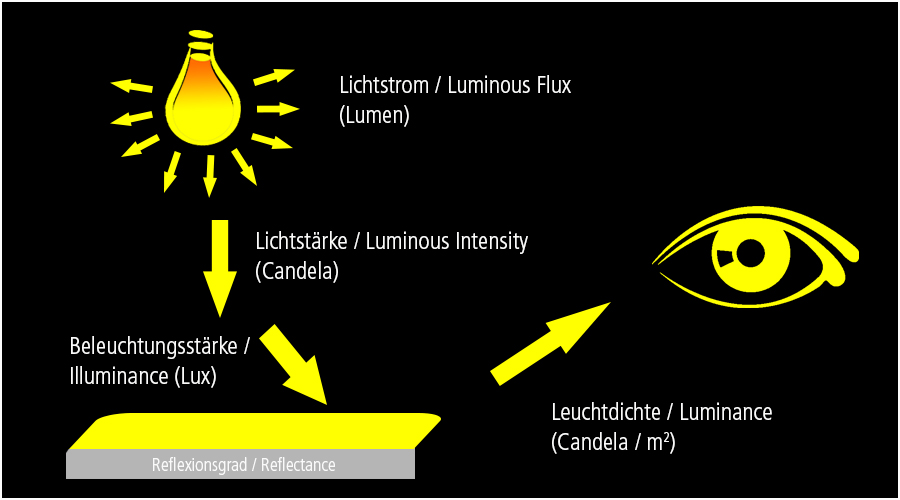
-
The illuminance
Unit: Lux (lx)
The Illuminance E indicates the luminous flux that strikes a defined area from a light source. It is often used to determine the positioning and dimensioning of interior lighting.
-
The reflectance
Unit: %
The reflectance ρ depends on the colour and texture of a surface and indicates the proportion of incident light that is reflected. The brighter and smoother the surface, the higher the degree of reflection. For white ceilings and walls up to 90%.
-
The light colour
The colour of light has a decisive influence on the atmosphere of a room. The colour temperature of the lamp is mainly responsible for this. It is specified in Kelvin (K) and ranges from “warm white” (below 3300K) to “neutral white” (3300K – 5300K) to “daylight white” (above 5300K).
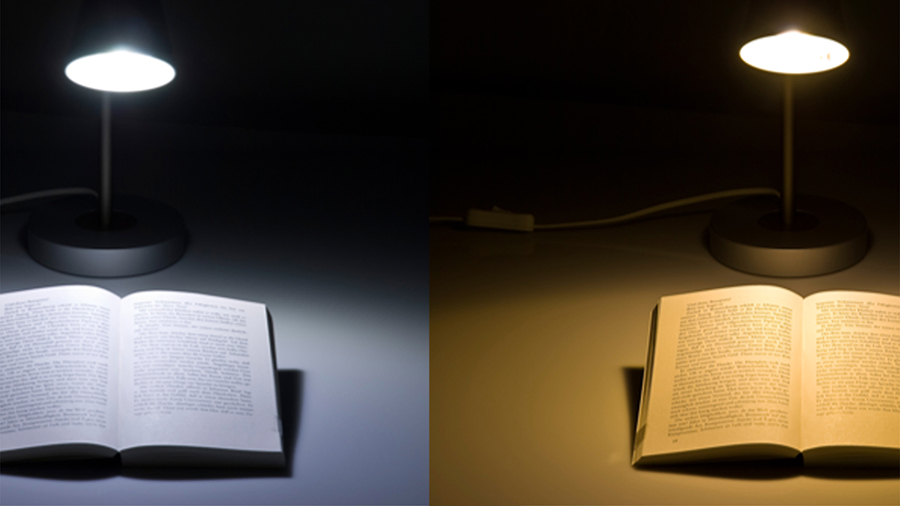
-
The colour reproduction
The colour rendering index Ra or in our case CRI (Colour Rendering Index) describes the extent to which colours are rendered correctly under artificial lighting. The CRI depends primarily on the spectral composition of the illuminant, i.e. the type and quality of the filaments and materials used.
-
The Displacement Factor
The powerfactor is the ratio between the actual power and the apparent power of an electrical device. It is always between 0 and 1, where 1 is the ideal case. Above all, the power factor says a lot about the quality of an electrical circuit, whether it consumes unnecessary power or not.
IDENTIFICATION AND TEST MARKS
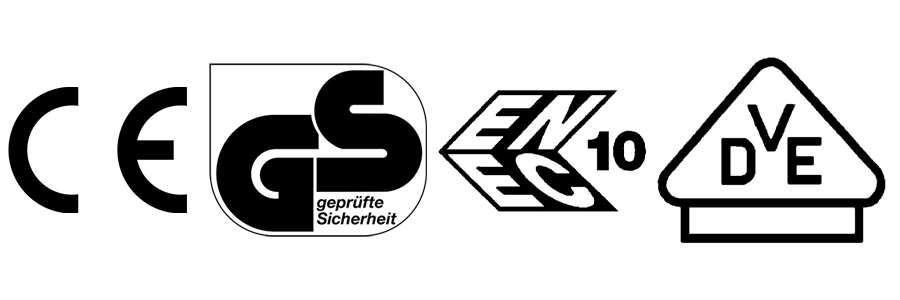
-
Das CE – Kennzeichen
Stands for: Communauté Européenne (European Community)
The CE mark is a prerequisite for selling a product in the EU. With it, manufacturers and dealers confirm on their own responsibility that the “essential requirements” are met. This is done without a neutral test centre. -
The GS – test mark
“Tested safety” is the name given to a product by authorised test centres with this symbol. It must be in conformity with the Equipment and Production Safety Act of the corresponding EU directive. The test mark includes testing the safety of a device, but also, for example, the completeness of the operating instructions. Testing bodies are e.g. the TÜV and the VDE.
-
ENEC / VDE test mark
ENEC: EN – European Norms, EC – Electrical Certification is only available in combination with the VDE – mark (Association of German Electrical Engineers).
Products with this mark generally correspond to the current state of the art and safety and thus to the GPSG (Equipment and Product Safety Act). In addition, production is monitored by the VDE. -
Protection classes IP
The IP protection class indicates the suitability of electrical devices for different environmental conditions. The two index numbers stand for resistance to solid/dust and for water/moisture tightness.
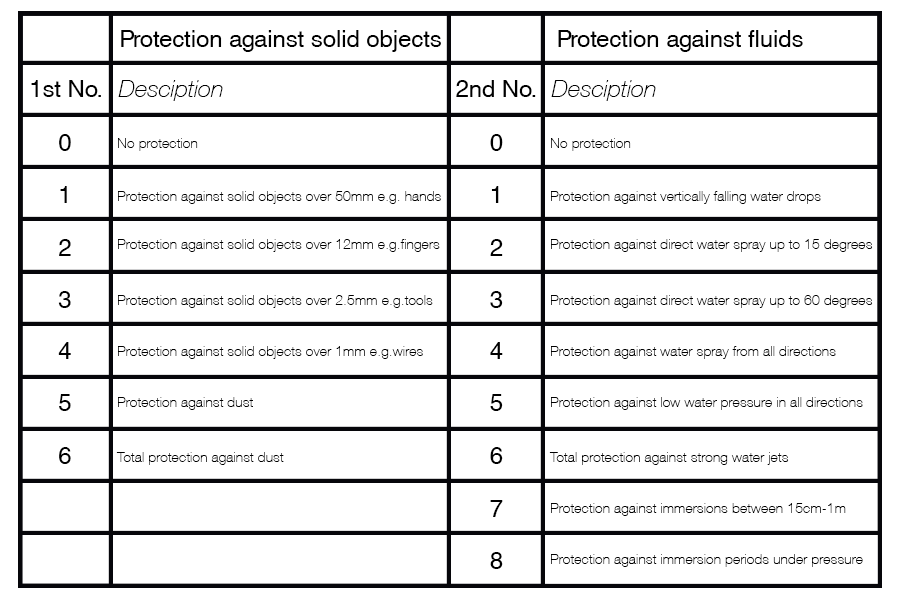
-
Protection classes
The protection class indicates how luminaires are protected against electric shock or short circuit. There are 3 of these.
I – has an earthing cable. All metallic parts that can be touched from the outside must have a protective conductor to the outside. This safely discharges the residual current.
II – has double protective insulation. This double insulation is often found in cables with the Euro plug.
III – designates devices that are operated with protective low voltage, i.e. with batteries, accumulators or solar energy. This is below 50 volts. In this class, no protective conductor may be installed.
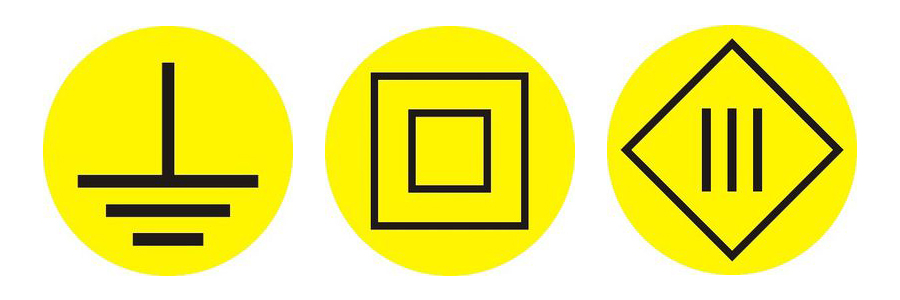
Now we have explained the most important basic terms of lighting technology. For some of them there are detailed articles in WATT’sons LED Facts for reading, understanding and informing. So nothing can go wrong when buying lamps and luminaires! In the Segula Online Shop you will find a large selection of modern and high-quality LED lamps.
Colour Temperature, LED lighting, LED Technology, Light, Light Sources, Lumen, luminous intensity, Powerfactor